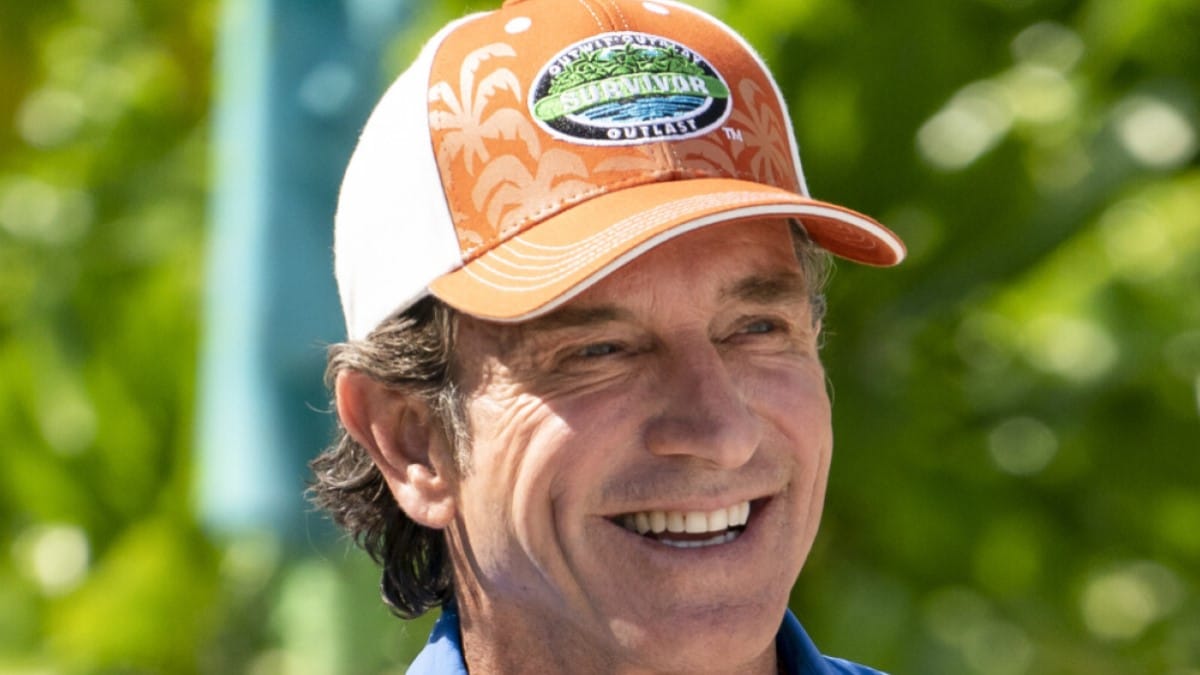The world is playing right into the hands of Schneider Electric, the giant French maker of industrial electrical equipment with a huge presence in North America. Industry is electrifying and digitizing like mad; governments led by the United States are incentivizing the kind of manufacturing investments that are in Schneider’s wheelhouse; and the company is a well-established leader in helping customers meet their own smart-manufacturing and sustainability goals.
But Schneider can only take optimal advantage of this promising landscape by advancing hand-in-hand with its suppliers, so the company has launched massive new initiatives to do that, Kenneth Engel, the senior vice president of global supply chain for Schneider Electric North America, told the Chief Executive Smart Manufacturing Summit recently.
“We helped our suppliers keep safe during Covid with safety protocols,” Engel said. “Now, we’re working with them to make sure they can scale with us.”
The Schneider Electric supply chain is mind-boggingly complex, unless you’re Engel. The company itself has about 128,000 employees globally and about 200 facilities. Suppliers? They number about 20,000 around the world, supporting five basic types of supply chains, and ultimately 17 different “personas” into which Schneider classifies its customers. The company offers just under 300,000 SKUs which come under nearly 200,000 order lines that it ships every day.
“These lines range from a home circuit breaker or meter or sensor to the switch gear that runs an entire Hyatt Regency [and] is brought in on a dozen semi-trailers,” Engel said. “Complexity is what we’re dealing with, and we’re working to simplify it every day.”
And this is far from a static picture. As it seeks to capitalize on new opportunities for expansion in North America, Schneider currently is constructing three new factories: one in El Paso, Texas, and two in Mexico. “We’re dealing with a new normal after the pandemic but struggling with growth and how to keep up,” Engel said.
Suppliers were struggling to keep up, too, with their difficulties, in turn, restricting Schneider’s ability to take advantage of available growth, Engel said. Suppliers “couldn’t scale like we needed to scale” in the post-Covid era, he said.
All of this made it evident that Schneider needed to pay more attention not only to its supply base holistically but also to each individual member of it. So the company created a crash program “to be able to get much closer and deeper into the supply base,” starting by identifying 37,000 critical components, tied to 600 suppliers, for products that accounted for about 70% of North American revenues.
“Supplier partners needed our help,” Engel said. “We needed to get inside each supplier to understand what was the problem, how can we help you, are you committed? We needed to know.”
A consultant and a quickly dedicated cohort of 100 Schneider employees dedicated to the crash project focused on helping suppliers understand their own capacity and improve both the measurement as well as the utilization of it. At the same time, Schneider wanted to improve its supply chain in three major new ways: multiply its sourcing, provide more communication, and tighten its agreements with suppliers.
“We qualified another 200 suppliers because of the duplication [of sourcing] we needed,” Engel said.
Schneider also established a new online portal for suppliers that provides the company’s production forecasts, stores purchase orders and serves as a platform for negotiating lead times, inventory levels and safety stocks.
“We made capacity agreements with new terms and conditions, and multi-sourcing,” Engel said. “Pre-Covid, we hadn’t done a very good job with master supply agreements and terms and conditions. It was really built on trust. But when things got to the point they did during Covid, it’s a lot harder just to work off trust.
“Part of [improving supplier performance] is putting these essential contracts in place. There are some teeth, but not a lot. We do need to have some level of teeth and accountability so there is something you can refer back to. But then it’s still a handshake at the C-level, with trust — a strategic and not just transactional relationship.”
Indeed, Schneider has made much stronger efforts “to connect at the C-level and understand a supplier’s strategy,” Engel said. “We’ll sense very quickly at the C level whether [the relationship] makes sense or we need to be looking for additional or different suppliers.”
If Schneider executives are convinced that a supplier “is willing to step up and make a commitment and investment” in its relationship with Schneider, he said, “We’ll give them help. If they’re putting the right investments in place and training [their] people, [for instance,] we’ll help with training [and mentors]. If we see them step up, we’ll step up with them.”
The post How Schneider Electric Brings Suppliers Along For New Opportunities appeared first on ChiefExecutive.net.








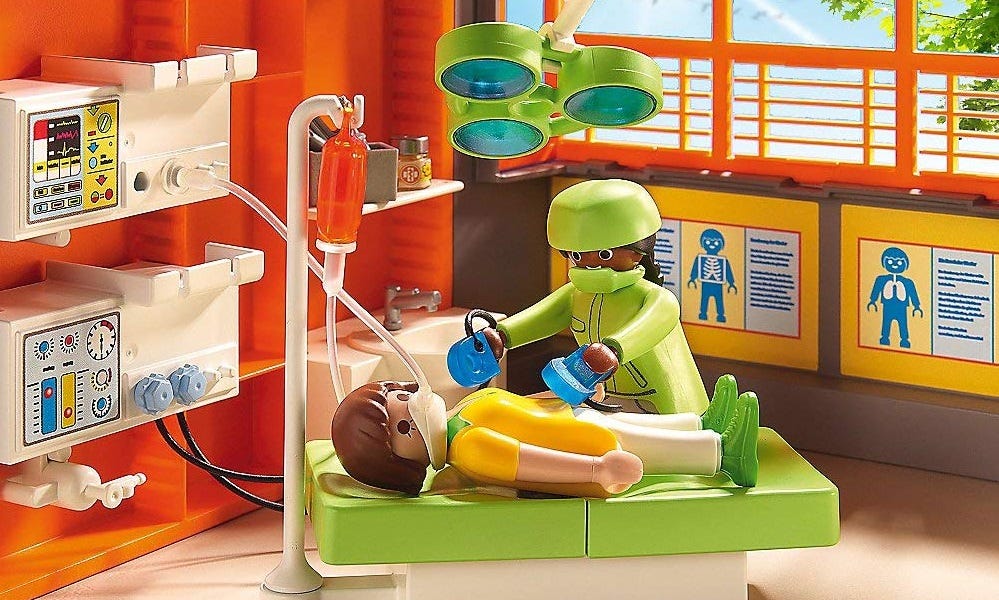

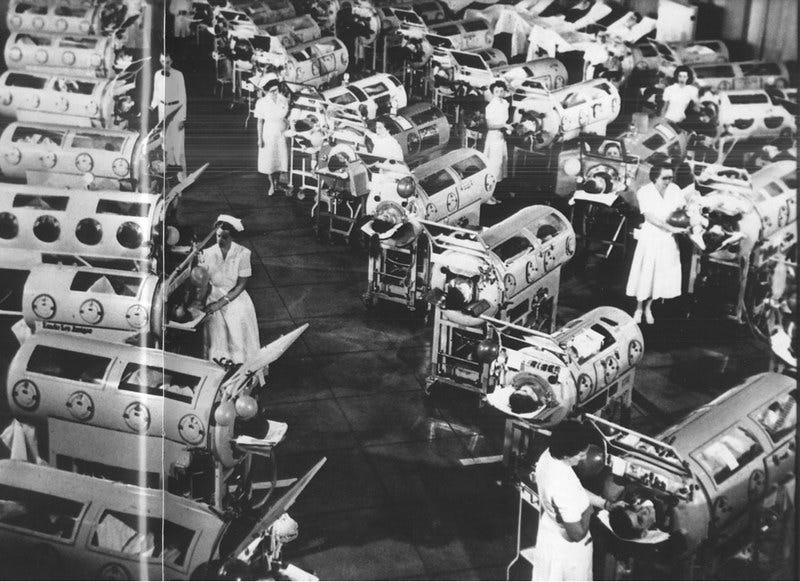
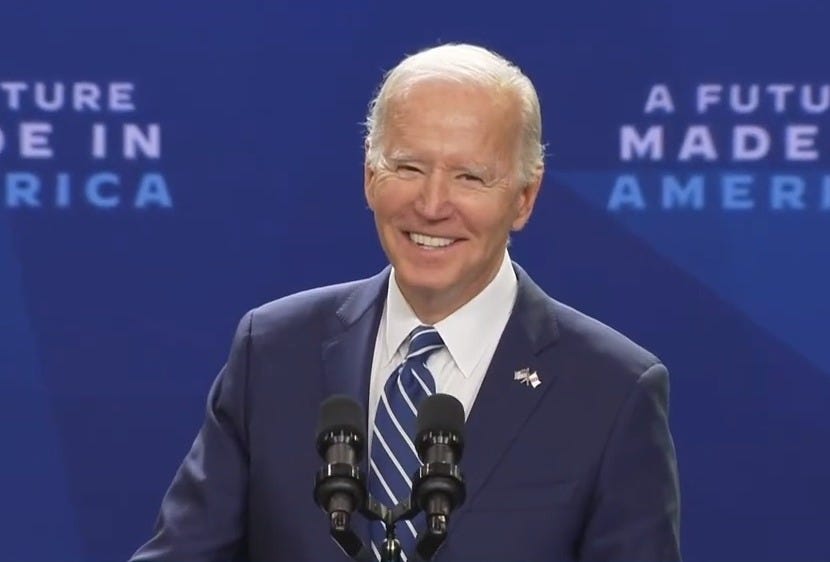
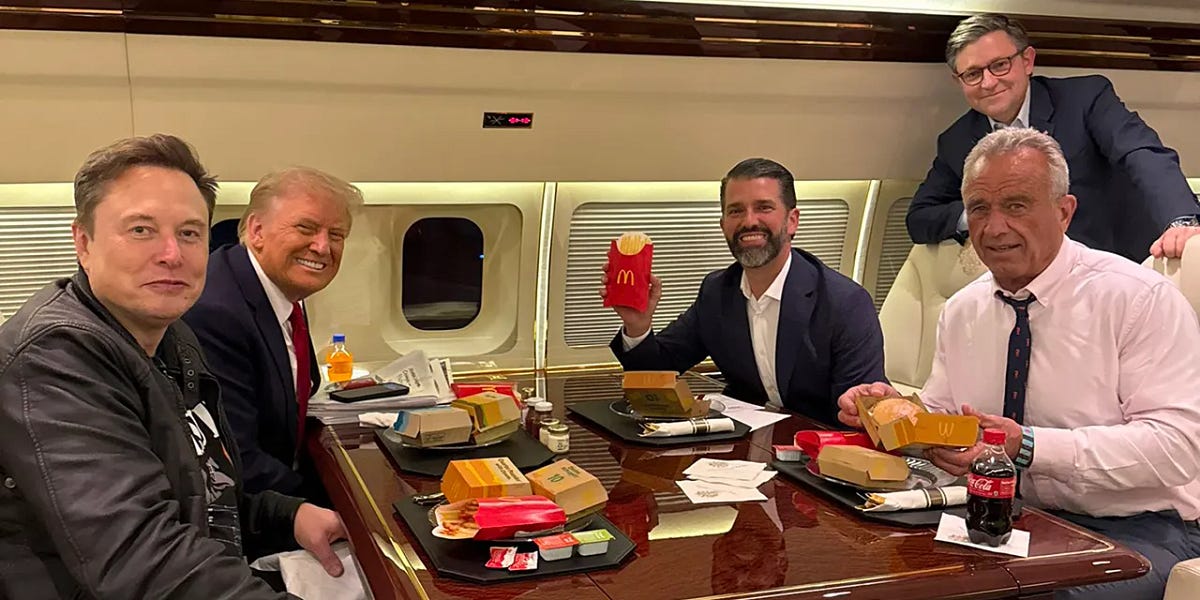









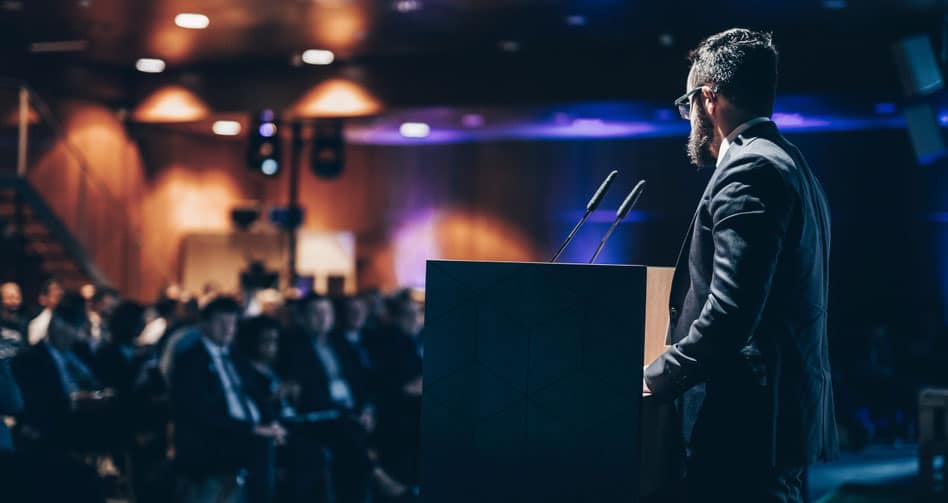




























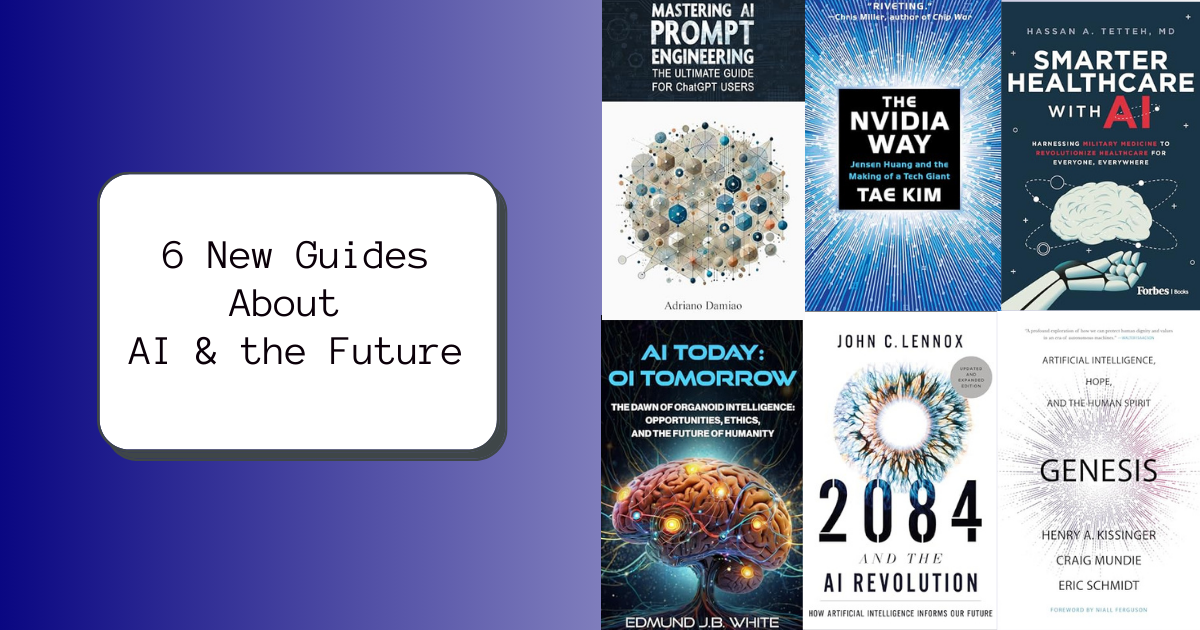



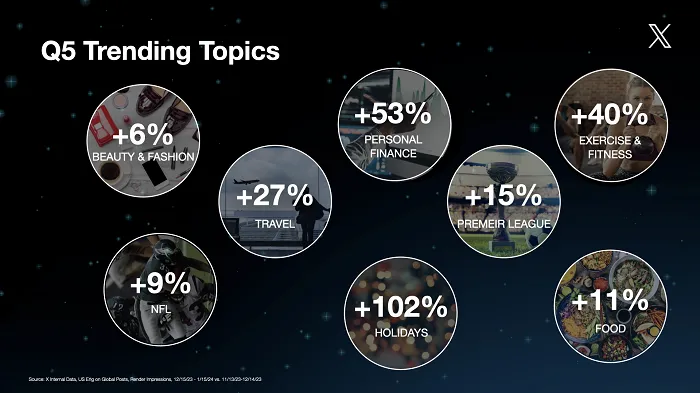



![LinkedIn Provides Tips on How to Promote Live Events [Infographic] LinkedIn Provides Tips on How to Promote Live Events [Infographic]](https://imgproxy.divecdn.com/kA4YczoBIs8NmPBiERWa-OxzvYMz5kwjjZ6wewP8z7c/g:ce/rs:fit:770:435/Z3M6Ly9kaXZlc2l0ZS1zdG9yYWdlL2RpdmVpbWFnZS9saW5rZWRpbl9ldmVudF9hZHNfaW5mb18yLnBuZw==.webp)






